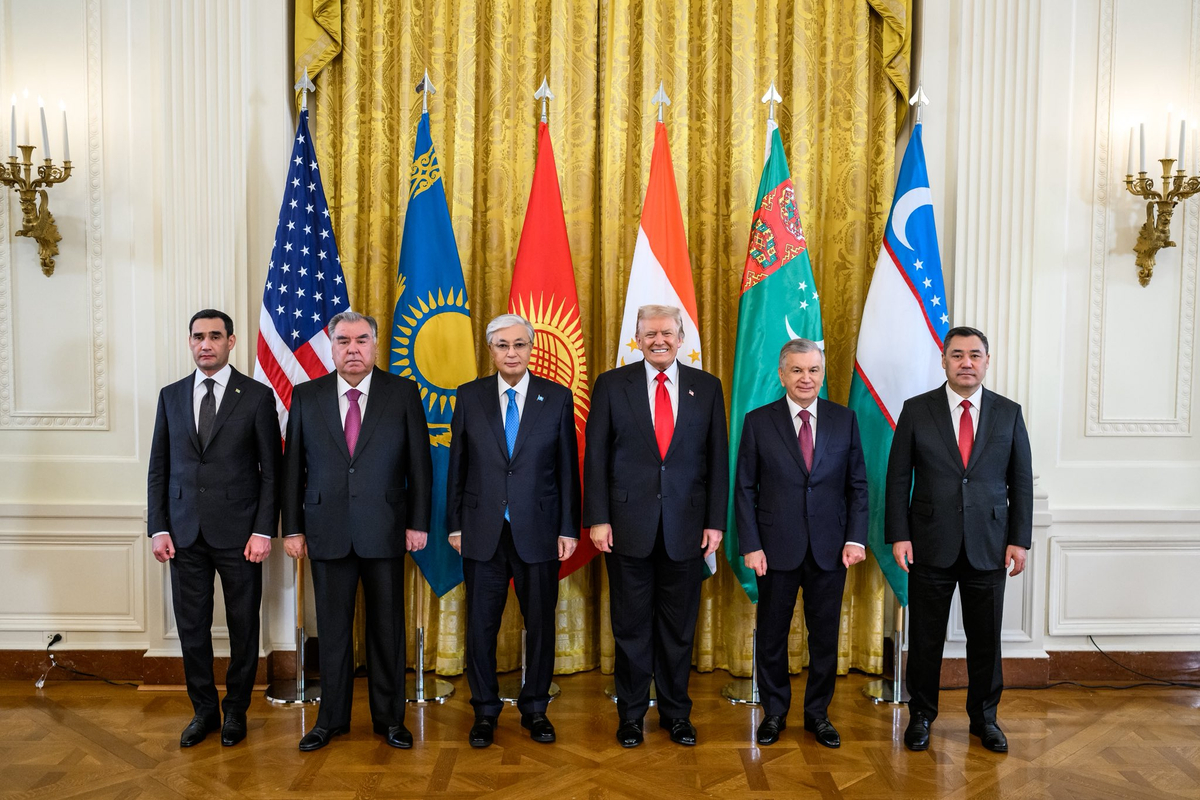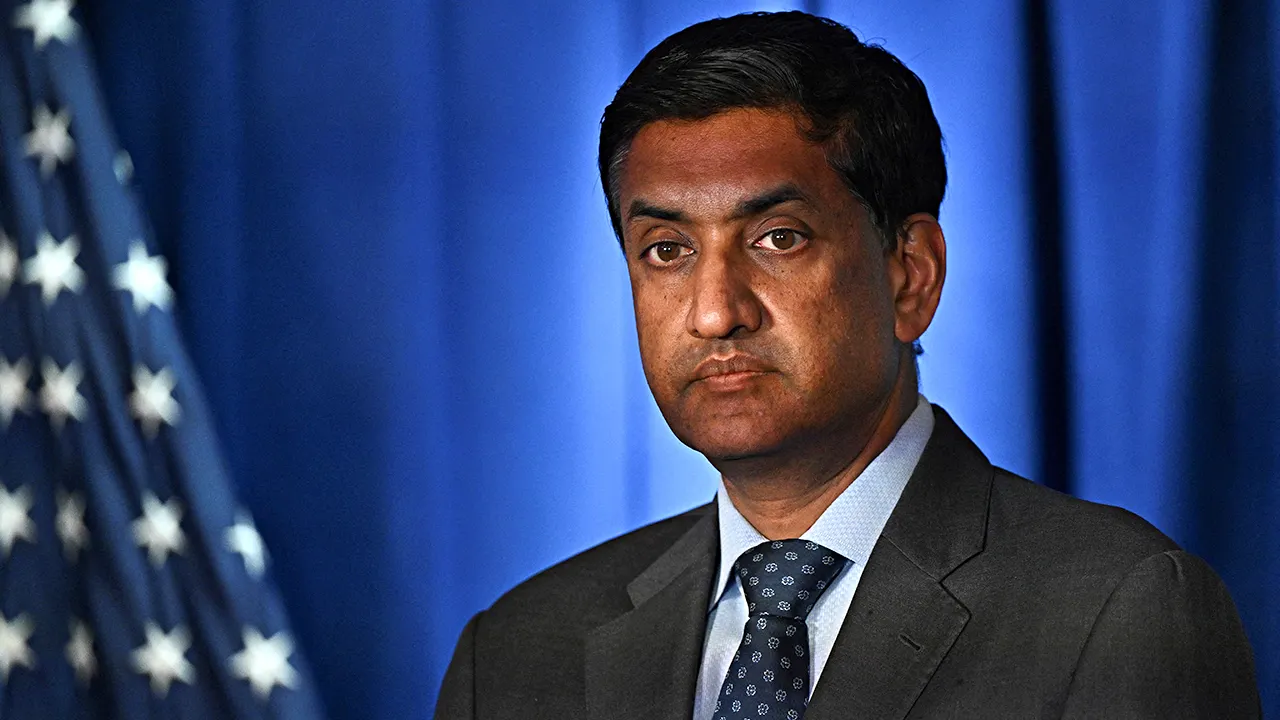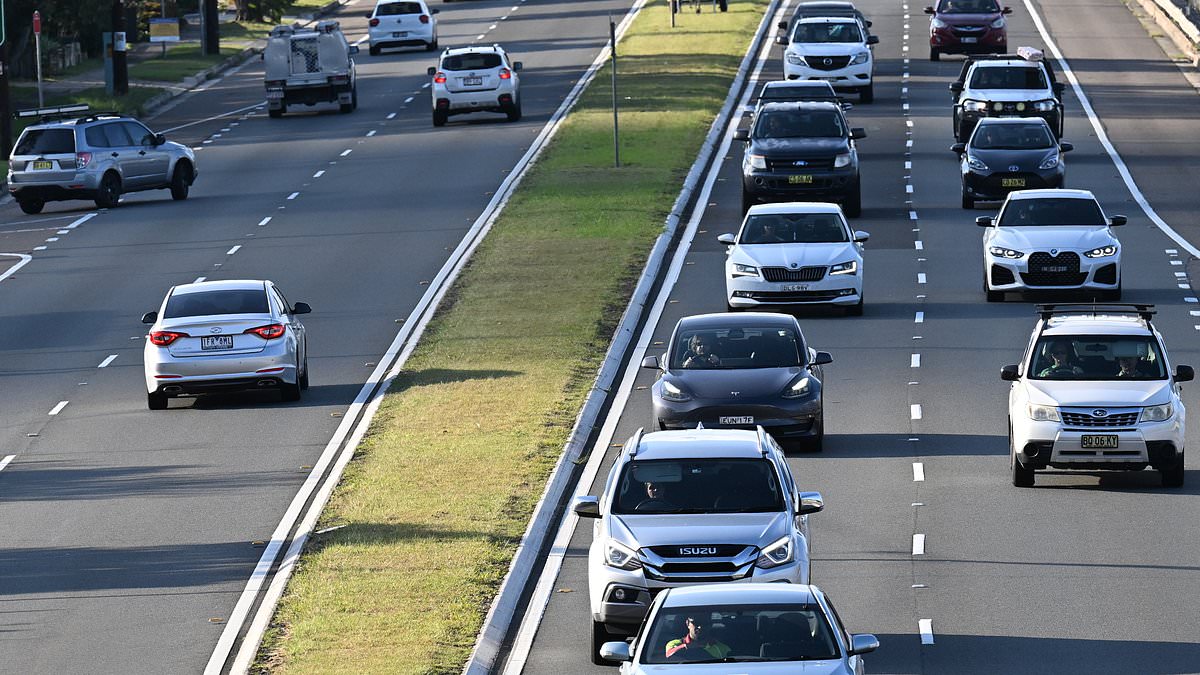Copyright kyivpost

WASHINGTON DC – The Trump administration on Thursday cast critical minerals as the centerpiece of a sweeping new American push into Central Asia, unveiling more than $5 billion in trade and investment deals as the White House hosted the leaders of five post-Soviet republics. In a rare display of regional diplomacy, President Donald Trump welcomed his counterparts from Kazakhstan, Kyrgyzstan, Tajikistan, Turkmenistan and Uzbekistan – the so-called “C5” nations – for a summit and dinner aimed at locking in new partnerships across energy, aviation, agriculture and, above all, the minerals that power everything from smartphones to fighter aircraft. “One of the key items on our agenda is critical minerals,” Trump said. “My administration has strengthened American economic security by forging agreements with allies and friends across the world to broaden our critical minerals supply chains,” he added. The message: Washington wants in on a region long dominated by Moscow and increasingly courted by Beijing. Region once overlooked, now a strategic prize Earlier in the day, senior US officials and business leaders gathered for a C5+1 Business Forum to mark the 10th anniversary of the diplomatic platform that brings the US together with the five Central Asian republics. The event underscored a clear shift: from viewing the region as a geopolitical afterthought to a strategic corridor for energy, minerals, and digital infrastructure. Senator Steve Daines (R-MT), who hosted the opening session, framed the new engagement around “sovereignty, independence, and territorial integrity” – values Washington has sought to reinforce since Russia’s full-scale invasion of Ukraine in 2022. “There are few parts of the world that offer the opportunity that Central Asia does,” Daines said, adding, “Building a closer relationship between our countries is not simply desirable but a strategic imperative for the US.” Russia’s shadow, Ukraine’s lesson Senator Daines used his address to draw a direct line between the Kremlin’s war in Ukraine and the shifting dynamics in Central Asia. “Even three years after the invasion of Ukraine, the US is still importing uranium from Russia despite profound national security implications,” Daines said, emphasizing, “Central Asian partners can offer a more reliable source – one that isn’t weaponized by a bellicose adversary.” He argued that Putin’s invasion has “opened the door” for US engagement in a region long suppressed under Moscow’s influence. “Under Soviet rule and later Russian domination, the Central Asian countries were discouraged from fulfilling their potential. Russia still feels similarly, but it is too occupied with Ukraine to meddle along its southern flank,” he elaborated: “Putin’s war has given us an opening to provide reliable, stable investment – without the coercive politics.” Daines described the moment as “a historic opportunity for America to step into the vacuum left by Moscow and Beijing” and said bipartisan support in Congress – including his own resolution marking the C5+1 anniversary – showed a “long-term commitment to ensuring these nations can decide their own destinies.” $5 Billion play: minerals, jets, and trust At the White House, Trump’s economic agenda was on full display as his administration unveiled more than $5 billion in new trade and investment deals spanning aviation, mining, agriculture, and technology. The agreements included plans for Boeing to sell as many as 37 airplanes to national carriers in Kazakhstan, Tajikistan, and Uzbekistan. This move underscores Washington’s bid to reestablish itself as a commercial player in a region where Chinese and Russian firms have long dominated. In one of the summit’s largest deals, US-based Cove Kaz Capital Group will acquire a 70 percent stake in a $1.1 billion tungsten mining project in Kazakhstan, with the US Export-Import Bank issuing a $900 million letter of interest to back the venture. The administration also announced expanded agricultural partnerships between John Deere and governments in Kazakhstan and Uzbekistan, aimed at modernizing the region’s farming infrastructure and boosting food security. Leidos and Dynamic Aviation will participate in a new Critical Minerals Mapping Program to identify and develop deposits of rare earths and other key materials essential to the US technology and defense industries. Meanwhile, Nvidia, MDIDO, and Freedom Holding Corporation signed memoranda of understanding on advanced artificial intelligence research and semiconductor development, reflecting the administration’s push to integrate Central Asia into global high-tech supply chains. Financing for major rail and logistics projects will come from Citi and the US Export-Import Bank, which agreed to help fund the expansion of the so-called Middle Corridor — a trade route linking Central Asia to Europe through the South Caucasus and designed to reduce dependence on Russian infrastructure. “The Trump Route for International Peace and Prosperity,” Senator Daines quipped, “is finally uncorking Central Asia’s riches to the West.” Kazakhstan Joins the Abraham Accords In a headline-grabbing diplomatic twist, Kazakhstan’s President Kassym-Jomart Tokayev announced that his country would join the Abraham Accords, the Trump-era framework that normalizes relations between Israel and Muslim-majority nations. Tokayev called the move “the beginning of a new era of interaction between the United States and Central Asia.” Trump hailed it as “a very big step for peace,” signaling renewed momentum for one of his first-term foreign policy cornerstones. The announcement comes as Trump eyes further expansion of the accords – potentially to Saudi Arabia and Indonesia – amid a fragile ceasefire in Gaza and ongoing talks with regional partners. Middle corridor and the mineral future Turkmenistan’s Foreign Minister Rashid Meredov emphasized the region’s desire to move “from intentions and plans to concrete and tangible joint projects,” highlighting the Middle Corridor’s potential as a westward gateway for energy and minerals. Central Asia’s combined reserves are staggering: 31 billion barrels of oil, 250 trillion cubic feet of gas, and more than 40 percent of global uranium production. The five nations also hold significant deposits of lithium, copper, cobalt, and rare earth elements – all vital for clean energy and high-tech industries. “Central Asia contains enough building blocks for advanced technology to offset many of our current supply chain vulnerabilities,” Daines said. “It’s time to ensure our technological development is free of foreign coercion.” New geopolitical map For the region’s leaders, the Washington summit represented both opportunity and hedging. While Russia and China have poured billions into infrastructure and energy across Central Asia, their investments often come with strings attached. The US, Daines and Trump argued, offers something different. “The US’s most valuable asset is trust,” Daines told the forum. “In all the wars we’ve fought, the only land we’ve ever asked for is – land to bury our dead. America’s track record as a trusted partner for peace and prosperity is something only our nation can offer.” As Russia’s war drags into its fourth year and China’s influence deepens through its Belt and Road projects, US officials see a rare window to reassert American power in the Eurasian heartland. “Central Asia will no longer be denied its future or its birthright,” Daines concluded. “America’s pivot toward the region is already well underway.” For Trump, that pivot is both geopolitical and personal — a blend of dealmaking, diplomacy, and spectacle that underscores his belief that American leverage begins with American business. “This,” he said as the dinner plates cleared in the East Room, “is what winning looks like.”



